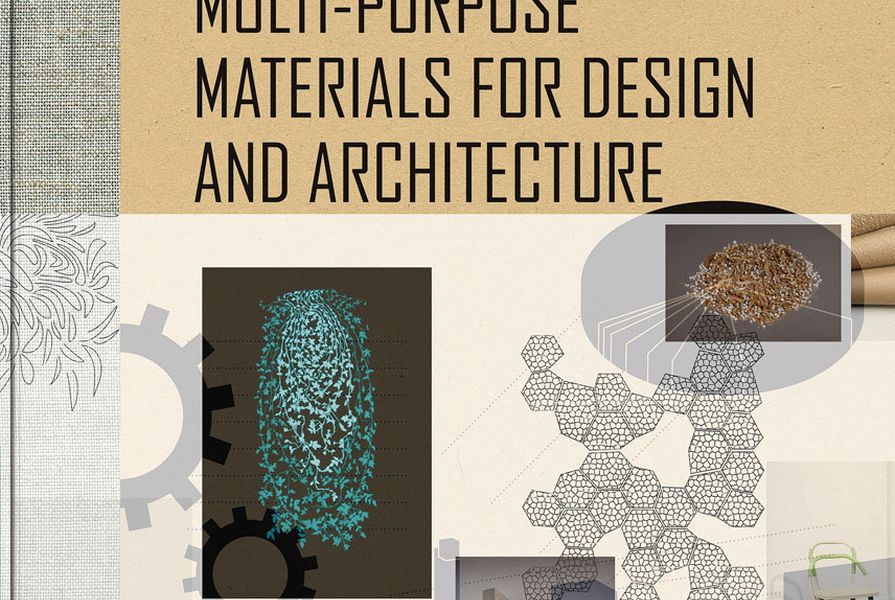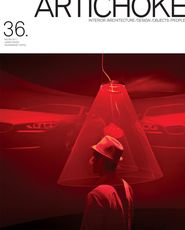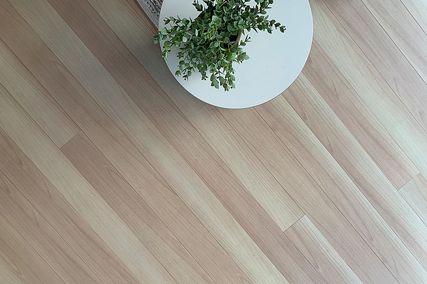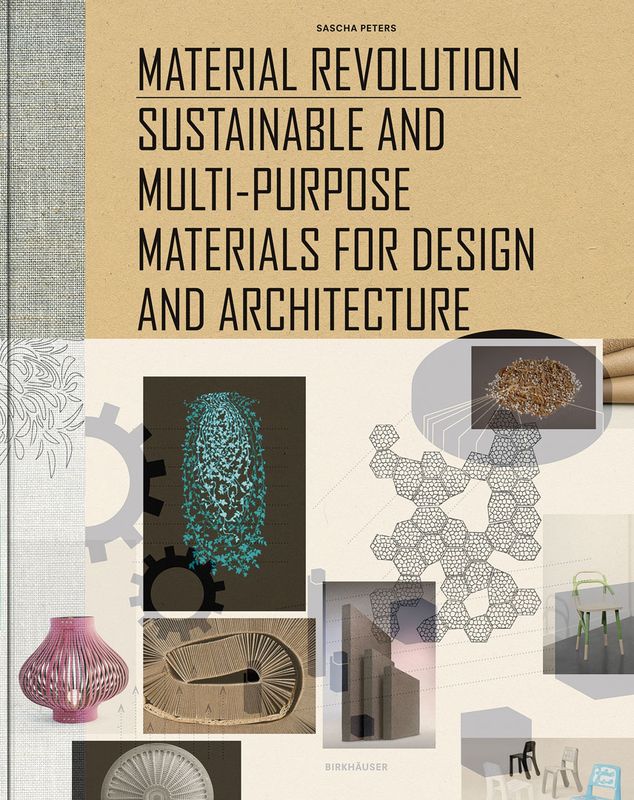It’s a burgeoning science, but creating environmentally efficient alternative materials has more importance today than ever before. This book aims to connect the research and industry behind this with the designers and architects who can ultimately influence the sustainability of products. It argues increased adoption of these materials by designers can help influence attitudes and demands for sustainable products. But the availability of these alternative materials is offset by a general lack of knowledge of their uses, properties and handling.
Material Revolution profiles a wide selection of new sustainable materials – including new bio-plastics made from cellulose, vegetable oils and animal sources – and how they are being used currently and their potential uses. There is even an example of a self-healing material, a substance about to be launched on the market. In one case, this substance has been used in small liquid-fill capsules that can be added to the coating of a metallic car body. If the surface cracks, the capsules burst and release their liquid, which protects the car from rust. The same technology has the potential to be applied to bicycle tyre tubes to automatically repair punctures, and even bridges for fractures in the steel. Other curious examples of this material revolution include a mobile phone case made of tree bark, a bicycle frame made from bamboo and helmets made of cork. It’s all part of this revolution and the increasing focus on solutions rather than questions.
Sascha Peters, Birkhauser, 2011, 208 pp, $130.

















